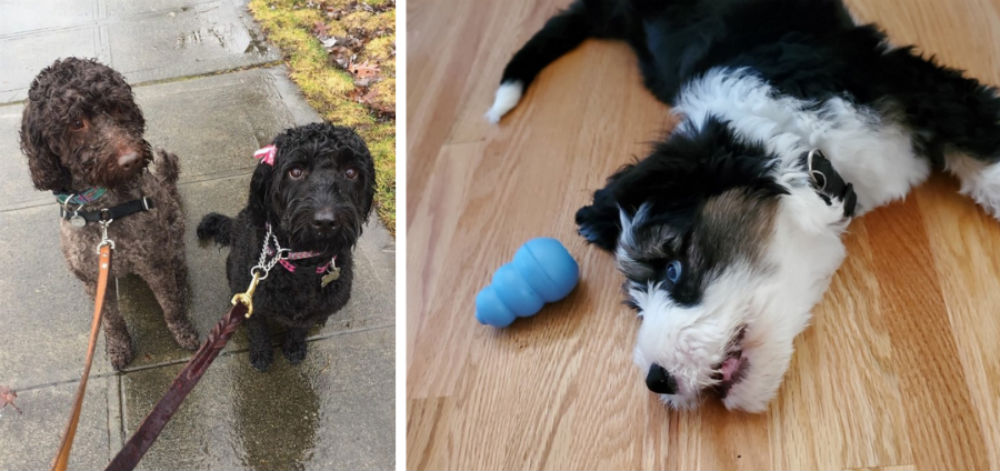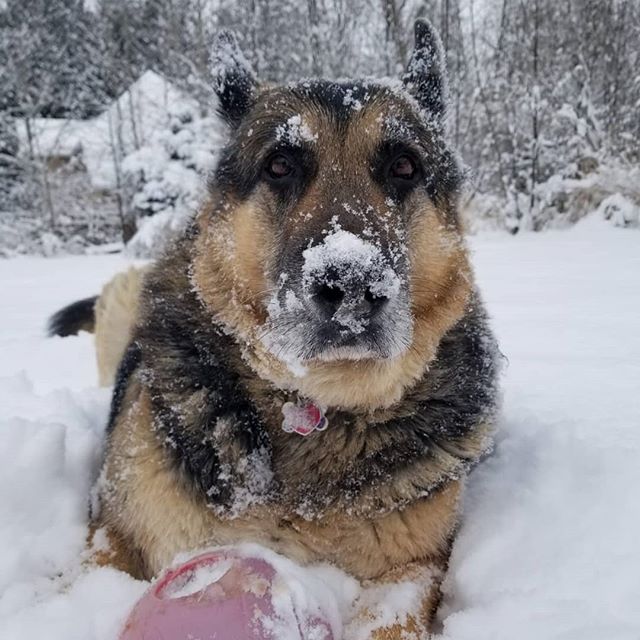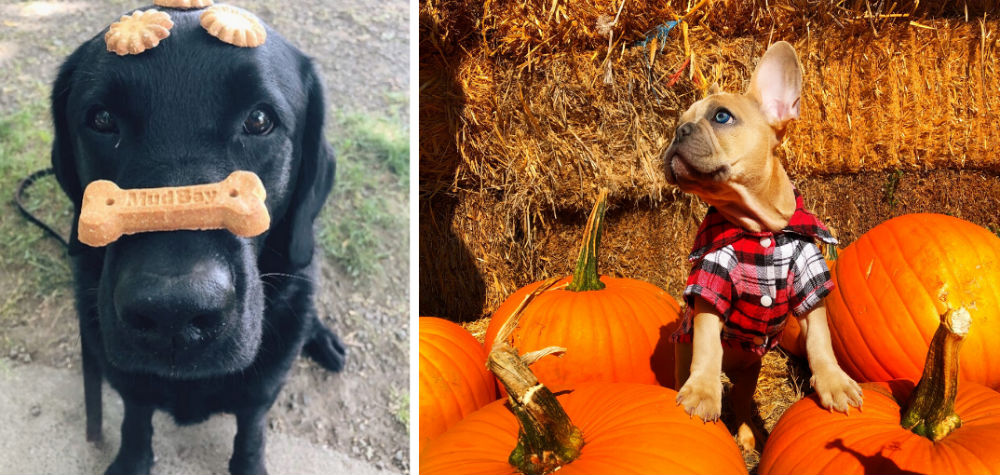
The season of giving is right around the corner — and who better to give presents to than man’s best friend?
As we inch closer to Thanksgiving, we’re reminded that one of the finest gifts you can give this holiday season is the gift of a home-cooked meal. But before you start doling out leftover holiday treats, it’s important to remember that dogs can’t safely eat everything we can. The no-gos for doggos may surprise you!
Leftover Foods You Should NOT Feed Your Dog
For various reasons, dog owners should think twice about sharing their table scraps with their pups. From a behavioral standpoint, sharing leftover food with your dog may lead to some bad habits, like whining or begging every time you sit down to eat. On the flipside, sharing with your dog can add some diversity to their diet, ensuring they get all the vitamins and minerals they need to live a healthy lifestyle.
When it comes to giving dogs leftovers, Strut the Pup recommends abiding by three principles: thought, moderation, and balance. The first principle refers to whether or not you’ve thought about the contents of the food you’re sharing — and how it’ll affect your dog.
With that in mind, let’s take a look at some ingredients commonly found in holiday foods that you should not share with your dog.

Raisins
Stuffing with golden raisins and walnuts is a delicious addition to a Thanksgiving feast, but maybe not to your dog’s bowl. Raisins — and grapes, for that matter — are highly toxic to dogs, and no amount has been proven safe for dogs to ingest.
Onions & Garlic
Garlic and onion are two classic ingredients responsible for giving your Thanksgiving turkey rich, savory flavor. While sharing some turkey cuts with your dog is okay, do your best to remove any onion or garlic; garlic in particular is incredibly toxic to dogs, causing anemia and a whole handful of scary side effects.
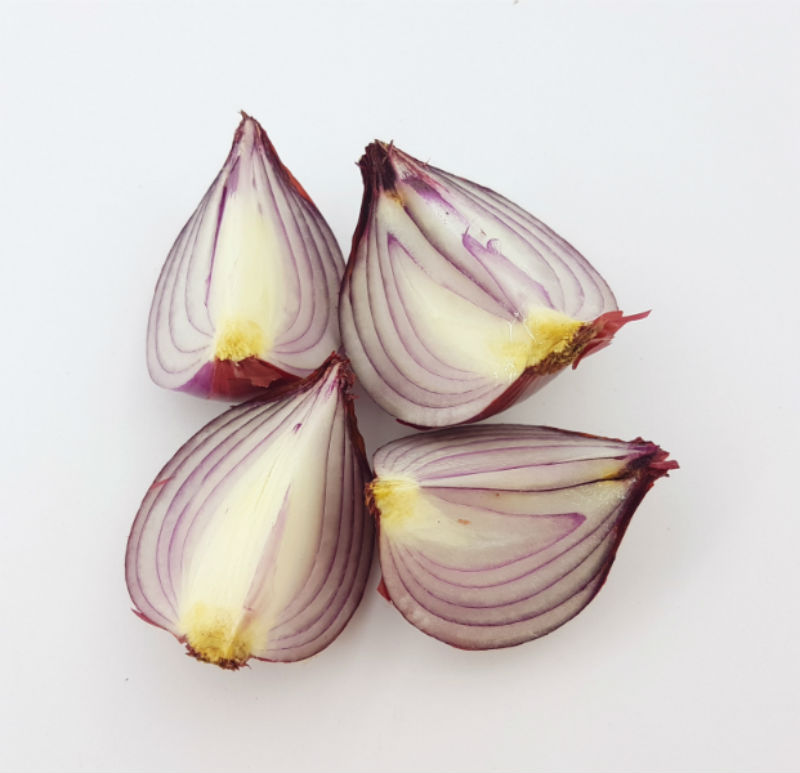
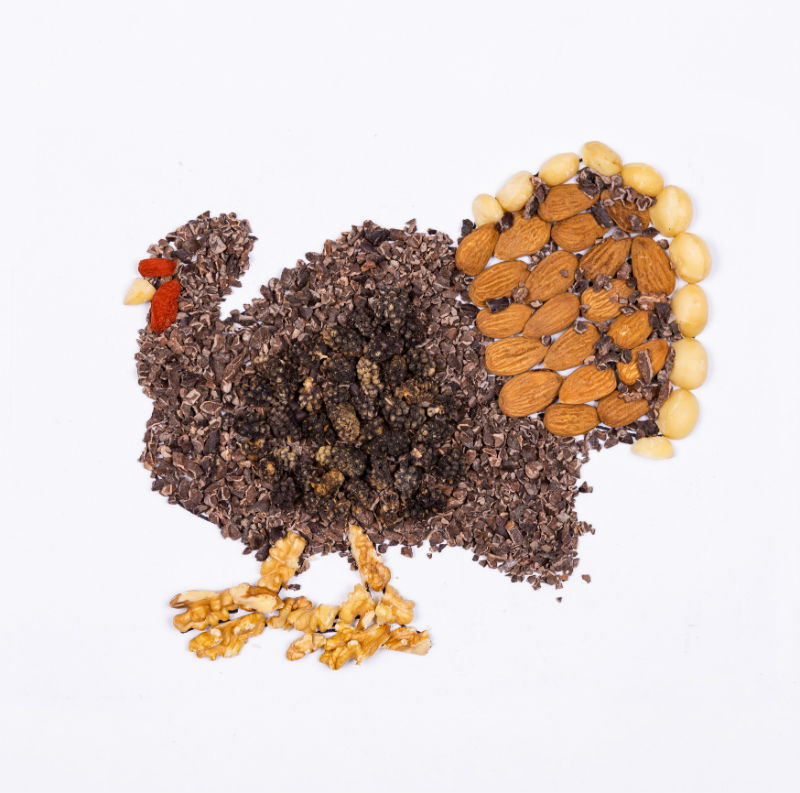
Macadamia Nuts
A crunchy complement to anything from green beans to cookies, macadamia nuts are a versatile nut often found in holiday meals. Unfortunately, macadamia nuts also contain an unknown ingredient that’s toxic to dogs, as well as a large amount of fat that can lead to pancreatitis. (P.S. almonds are also not good for dogs!)
Nutmeg
One of the perfect fall spices, nutmeg does not sit well in man’s best friend’s stomach. The spice, often found in holiday baked goods, contains myristicin, which is toxic to dogs in large amounts. Cinnamon should also be limited, so be careful while baking!


Chocolate
Most people know that chocolate is harmful to dogs, but with the chocolate goodies making their way into our homes around the holidays, we just wanted to reiterate. All kinds of chocolate — even white chocolate — contain theobromine, which can overstimulate your dog’s nervous system and cause serious neurological effects.
Xylitol
Xylitol is a sugar substitute found mostly in gum, candy, Jell-O, and certain baked goods. While it might be a sweet treat for us, xylitol can cause a drop in your dog’s blood sugar or, in more severe cases, liver failure. Double-check the contents of your holiday desserts just in case your pooch snags some off the table!

Holiday Foods That Dogs Love
It’s not fair to just name the dangerous foods — there are lots of holiday foods that can support your dog’s health, too! When adding something special to your furry friend’s food bowl, consider the following:
Turkey
Best served plain and skinless to avoid garlic or other risky seasonings, turkey is a great source of lean protein for your pup. Don’t forget to check for bones, which can tear up a dog’s digestive system!
Pumpkin
Canned pumpkin — not to be confused with canned pumpkin pie mix, which contains sugar and spices that are bad for dogs — is a great source of fiber for your dog, and can even soothe a dog’s upset stomach. A fall favorite for you and your pooch!
Sweet Potatoes
Similar to pumpkin, cooked and mashed sweet potatoes have lots of fiber and beta carotene, an antioxidant that helps your pet fight off illnesses and infections. As cold season rears its stuffy-nosed head for both you and your pet, it’s nice to do what you can to keep all your family members healthy
Green Beans
Green beans are not only another low-calorie source of fiber, but they’re also loaded with other important vitamins and minerals, like iron, calcium, and vitamin B6. Try giving these to your dog before you cook them (or put them in a casserole) for the most benefit!
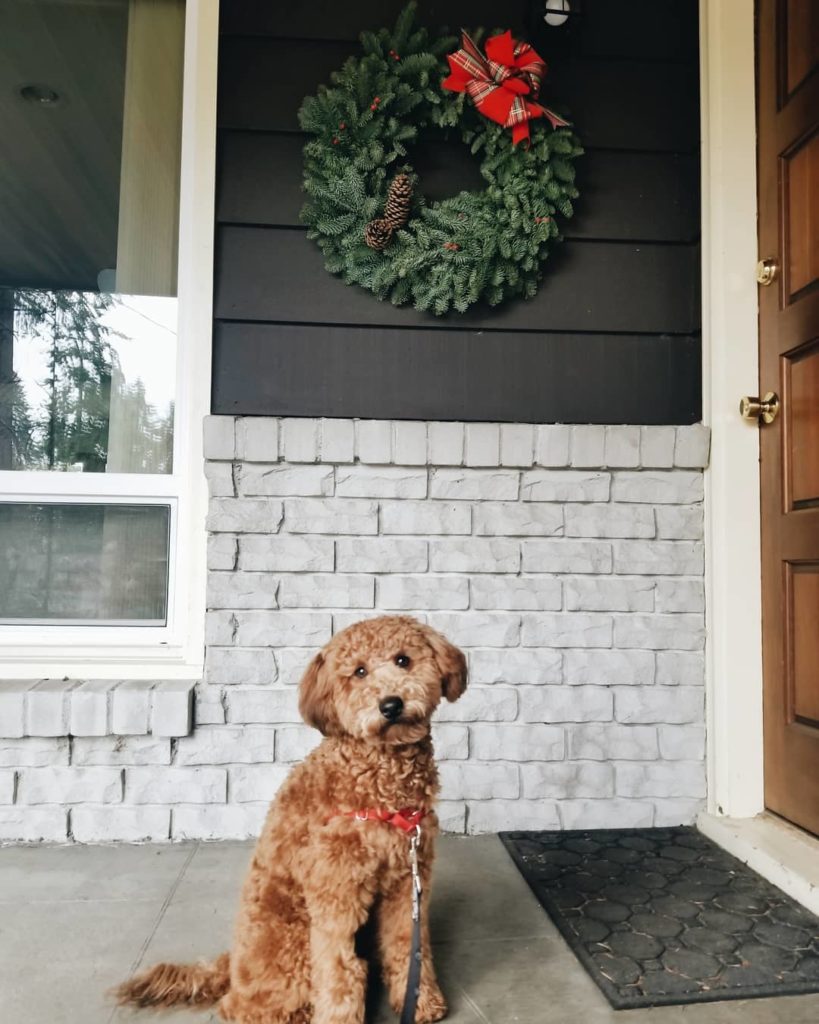
Happy Howlidays from Strut the Pup!
When feeding your dog human food, just remember our three tips:
- Thought: Think about the contents of what you’re giving them, especially the spices and seasonings you cooked with.
- Moderation: Only share food with your dog in moderation — save it for special occasions!
- Balance: Consider how the food you’re sharing fits into your dog’s well-balanced diet.
With this list and our tips in mind, you and your pooch are sure to have a holiday season that’s merry and bright!

